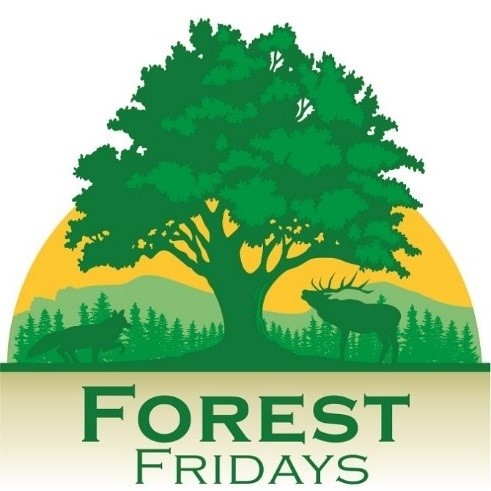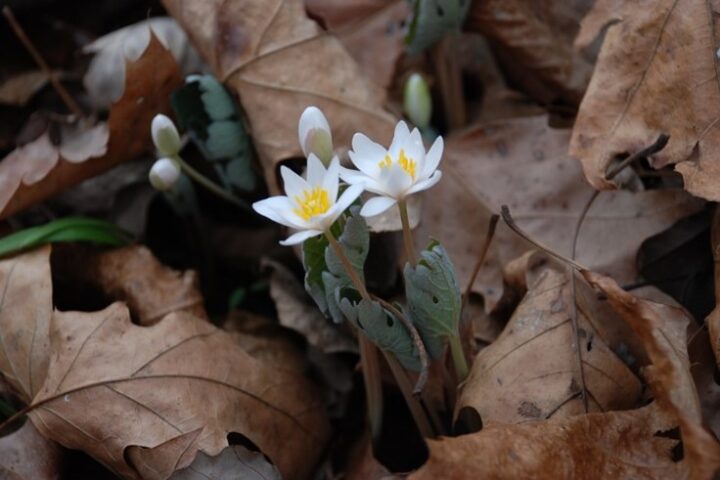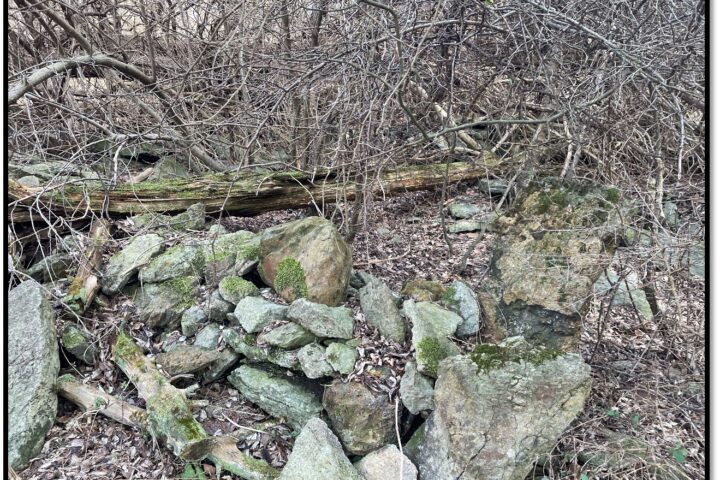 by John Schwartzer
by John Schwartzer
December 17th is National Maple Syrup Day, but maples aren’t the only source for our sugar fix. There are numerous trees other than sugar maples (Acer saccharum) that can provide a tasty syrup. The flavor, color, and reduction ratios vary greatly (sap: syrup). Some syrups are expensive culinary delights; others are used medicinally. The spring run, when the sap is harvestable, is just around the corner. Give one of these alternative sources of syrup a try this year.
Box elder (Acer negundo) (60:1)
This is technically a maple, but it doesn’t get the respect that the other maples get.
Walnut (Juglans nigra) (40-60:1)
Walnut sap has sugar content like maple; however, volumes are smaller. This increases the rarity of this syrup. Commercially available walnut syrups are often mixed with maple syrup. Pure walnut syrup comes with a high price tag.
Butternut (Juglans cinerea) (40-60:1)
Considered a “walnut” syrup, current guidance is to avoid tapping butternut because it may provide an entry point for the destructive butternut canker.
American sycamore (Platanus occidentalis) (100-250:1), London planetree (Platanus X Acerifolia) (100-250:1)
This syrup easily scorches but can be mixed into other syrups to add a butterscotch flavor.[2] Forager Euell Gibbons wrote he might as well have boiled creek water.[8]
Birch (Betula spp.) (80-100:1)
Birches were tapped for syrup in northern Europe before the colonists were taught about maples in North America.[3] The sap from birches produces a dark syrup with molasses and fruity flavors. These species have a later, shorter run time. The main sugar in this sap is fructose giving it a lower glycemic index.[2] Birch sap is also used in cosmetics, sodas, wine, mead, candy, and vinegar.
Ironwood (Ostreya virginiana) (100:1)
Syrup from ironwood is said to be astringent and may not be very good on pancakes. This runs later than birch and maples.
Alder (Alnus spp.) (unknown)
These shrubby trees in the birch family produce a “spicy” syrup.[10]
American beech (Fagus grandifolia) (85-145:1)
Beech is a surprising syrup producer. A vacuum pump is required to extract the sap making this a limited commercial species. At over $500 per gallon this syrup is pricey, but the flavor is described as “dried plums, pears, and raisins with a slight nutty finish.”[7]
Hickory (Carya spp.) (40-60:1)
Hickories can be tapped to make traditional syrup.[9] Most modern hickory syrup is made by boiling roasted bark strips from shagbark (C. ovata) and shellbark (C. laciniosa). The bark tea is fortified with cane sugar to make a syrup.[2]
Spruce (Picea spp.) and Pine (Pinus spp.)
Fresh spruce or pine tips are mixed with brown sugar. Steeped until the flavor and moisture from the twigs concentrates, the mixture is boiled and strained. An Italian pine syrup, called mugolio, includes fermented green pinecones.[4]
Forest Fridays are published weekly by the PA Bureau of Forestry, Department of Conservation and Natural Resources (DCNR).
Sources:
- Move Over, Maple! – How To Tap Birch Sap For Syrup (gardeningknowhow.com)
- Tapping Birch, Walnut, and Others – Maple Tapper Blog
- 11 Excellent Trees To Tap For Syrup For Living Off-Grid (emoffgrid.com)
- Classic Spruce Tip Syrup (foragerchef.com)
- Tapping Birch | Fergus The Forager
- Making Syrup From Pacific Northwest Trees – Mother Earth News
- Beech syrup can add value to your operation out of pesky trees | Cornell Corner |
- Gibbons, Euell. Stalking the Wild Asparagus. Alan Hood & Company Inc. 1962. 9 Syrups (brandeis.edu) 10 27 Trees To Tap For Syrup (practicalselfreliance.com)




